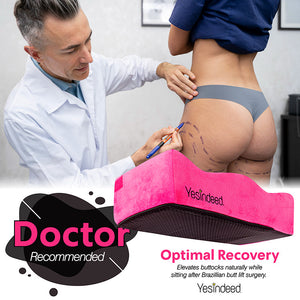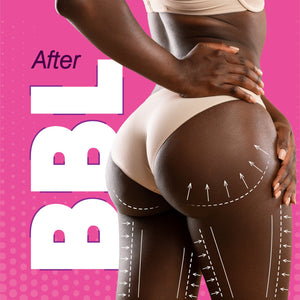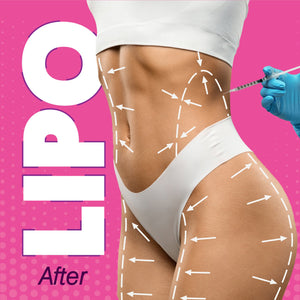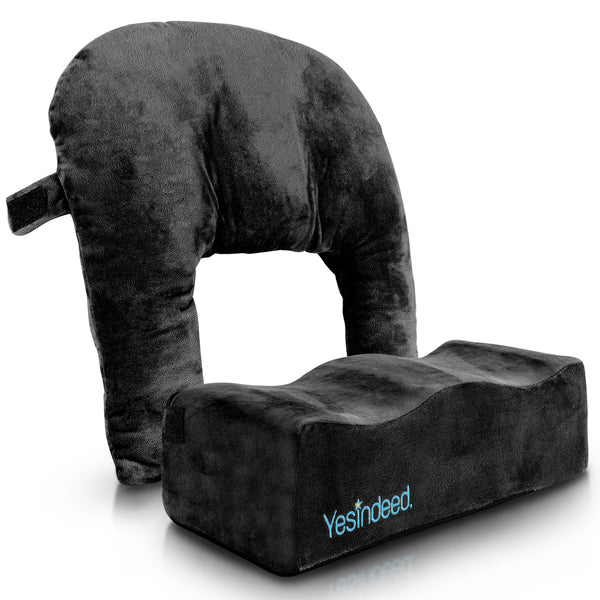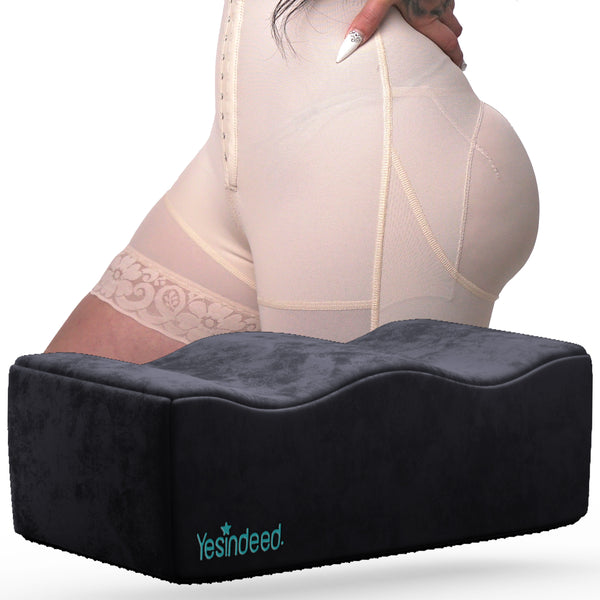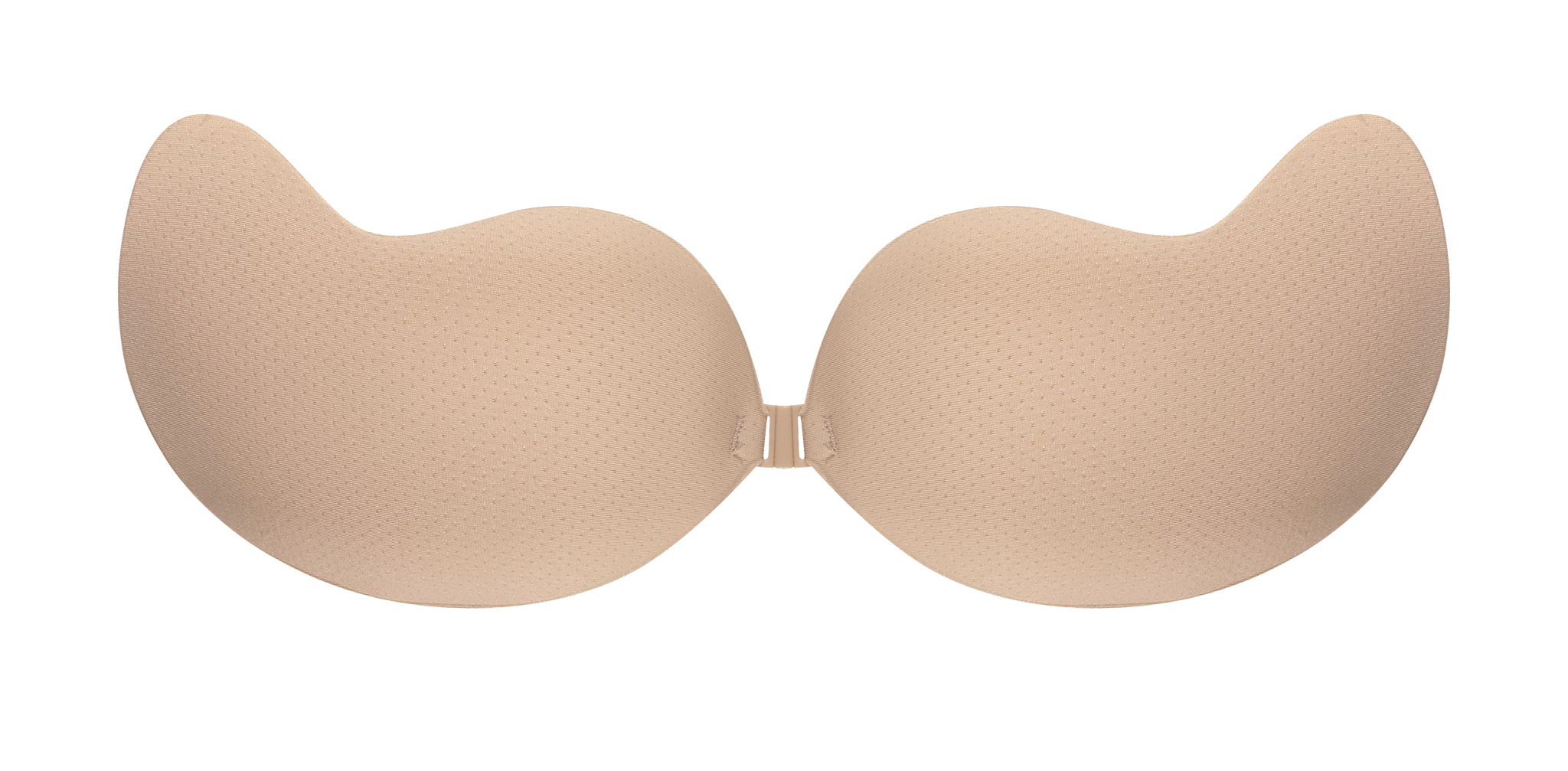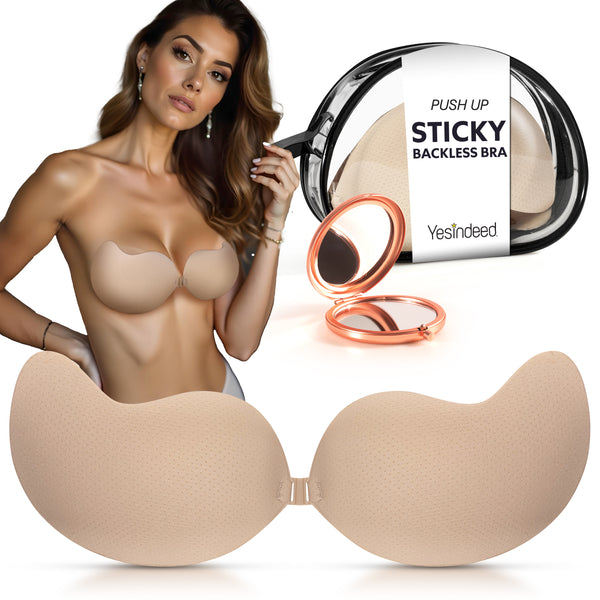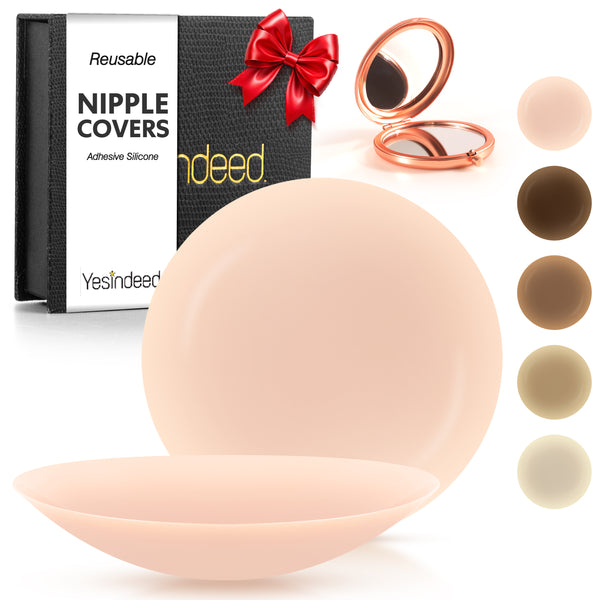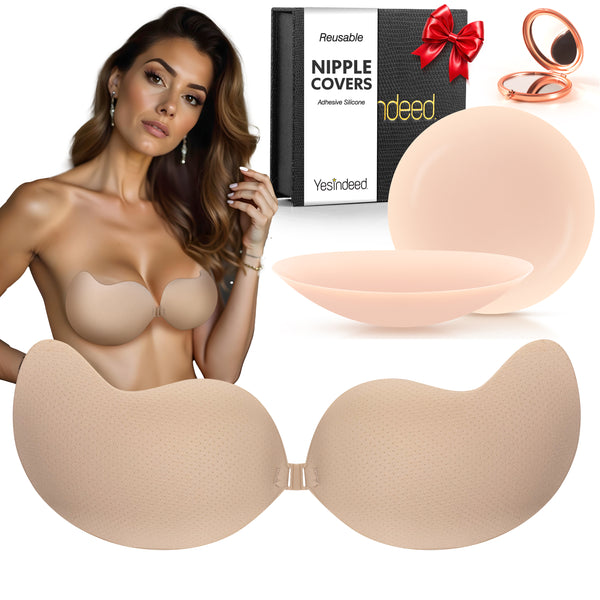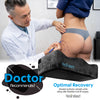Nobody likes battle scars, especially when they come from a battle against excess fat. Liposuction might be your knight in shining armor towards attaining a slimmer figure, but it occasionally leaves behind unwanted reminders - scars. If you're worried about these undesirable souvenirs playing spoil-sport with your beach-body dreams, fear not. Explore our complete guide on treating and minimizing lipo scars to ensure that what was meant to be concealed, remains hidden!
Scarring is a natural part of the body's healing process after liposuction, but there are steps you can take to help minimize the appearance of scars. These include properly caring for incisions post-surgery, using silicone scar gel, wearing compression garments, attending follow-up appointments with your surgeon, and seeking out additional treatment options such as laser therapy or scar revision surgery if necessary. Always consult with your doctor for personalized advice on your specific case.
Understanding Liposuction Scars

Liposuction is a popular surgical procedure that aims to remove excess fat from specific areas of the body, resulting in a more defined and contoured shape. While the primary goal of liposuction is achieving an improved appearance, it's important to understand that scarring is an inherent part of any surgical procedure, including liposuction. Scarring occurs as a natural part of the healing process, and although they are often small and nearly invisible, there is still a possibility of scars after liposuction.
The size and location of the incisions made during liposuction can affect the visibility and severity of the resulting scars. In most cases, surgeons make small incisions that are strategically placed in inconspicuous areas to minimize visible scarring. However, factors such as age and genetics can play a role in scar formation, with individuals who scar easily being at higher risk. Additionally, proper post-surgical care is essential to prevent infection and minimize scarring.
Let's consider an example: Sarah undergoes liposuction on her thighs to target stubborn fat deposits. The surgeon makes small incisions near her bikini line and inner thigh to minimize visible scarring when wearing swimsuits or shorts. With diligent aftercare and regular check-ups, Sarah ensures that her incisions heal properly, leaving behind nearly invisible scars that fade over time.
Scars from liposuction typically go through various stages of healing. Initially, the scars may appear as scabs or raised tissue due to the body's natural healing response. Over time, they transform into red or pink skin before gradually fading into lighter shades closer to the surrounding skin tone.
Understanding how liposuction scars evolve throughout the recovery process can provide reassurance to individuals considering this procedure.
Classification Of Liposuction Scars
When it comes to classifying liposuction scars, it's important to consider various factors such as their location and size. Liposuction incisions can be classified into three categories based on their placement: remote, hidden, and visible scars.
Remote scars refer to incisions made in areas that are not typically exposed or visible, such as those hidden within the natural creases of the body or underneath clothing. These scars tend to be well-concealed and less likely to cause concern for individuals concerned about visible scarring.
Hidden scars are incisions placed strategically in areas that can generally be concealed by underwear or swimwear. They may still be visible if one is unclothed or wearing more revealing clothing but are designed to minimize visibility in day-to-day situations.
Visible scars, as the name suggests, are incisions made in areas that are regularly exposed and difficult to conceal. These scars are often placed on more noticeable body parts like the abdomen, arms, or neck. Although efforts are made to make these scars as inconspicuous as possible, they may still be more apparent than remote or hidden scars.
It's important to note that each individual's scar healing process and outcome can vary due to genetics, personal healing abilities, and compliance with post-operative care instructions. While some may experience minimal scarring that fades significantly over time, others may have a predisposition for more prominent or darker scars.
Take Mark, for example. He undergoes liposuction on his abdomen and chest to remove excess fat. Despite diligently following his surgeon's aftercare instructions and using silicone scar gel, Mark experiences slightly more visible scars due to his genetic predisposition for darker pigmentation. However, with time and continued scar management techniques, he notices gradual improvement in the appearance of his scars.
By understanding the classification of liposuction scars based on location and size, individuals considering liposuction can have realistic expectations regarding potential scarring outcomes specific to their chosen treatment areas.
Considering Location And Size
When it comes to evaluating the appearance of liposuction scars, the location and size of the incisions play a significant role. The positioning of the incisions during liposuction procedures can vary depending on the targeted area and the technique used by the surgeon. Ideally, incisions are made in inconspicuous areas to minimize their visibility. However, certain regions of the body, such as the abdomen or thighs, may have more prominent scars due to the natural contours and movements of those areas.
In terms of size, smaller incisions generally lead to less noticeable scars. Liposuction has evolved over the years, with many surgeons now employing minimally invasive techniques that require only tiny incisions. These smaller openings mean fewer sutures are needed to close them, resulting in reduced scarring potential. However, it's important to keep in mind that individual factors such as genetics and skin type can also influence scar formation.
Consider a patient who underwent liposuction on their inner thighs. The surgeon strategically placed two small incisions near the groin crease where they would be hidden by underwear or swimwear. Due to the smaller size of these incisions and their discreet placement, once healed, the resulting scars were barely noticeable even when wearing revealing clothing.
Now that we have discussed how location and size impact liposuction scars let's explore another crucial aspect of scar evaluation - color and texture.
Factoring In Color And Texture
After undergoing liposuction, it's common for scars to undergo various changes in color and texture during the healing process. Initially, they may appear as scabs before transitioning into red or pink skin. Over time, scars gradually fade and become lighter in color as they mature.
Color variations can arise due to several factors. Genetics may determine whether someone is more prone to producing darker or lighter scars. Additionally, improper care of incisions, such as exposing them to excessive sunlight or not following post-operative instructions, can lead to discoloration.
Texture is another aspect to consider when evaluating liposuction scars. Scar tissue may initially feel firm and raised, but over time it usually softens and becomes more pliable. However, in some cases, abnormal healing can result in hypertrophic or keloid scars, which may appear raised, thickened, or even nodular.
Think of it like a painting that undergoes gradual changes as the artist adds layers and blends different colors. Just as an artist refines their work over time, scars go through a similar process of transformation.
It's important to note that proper post-surgical care plays a crucial role in minimizing scar visibility and ensuring optimal healing. Following your surgeon's instructions regarding wound care, avoiding sun exposure on healing scars, and wearing compression garments as recommended can all contribute to better outcomes.
Understanding the significance of color and texture in assessing liposuction scars is vital for informed decisions regarding appropriate treatment options. In the next section, we will explore various treatments available to minimize scars after liposuction.
Treatments For Liposuction Scars

Liposuction is a common cosmetic procedure that can help sculpt and contour the body by removing excess fat deposits. However, like any surgical procedure, it can result in scarring. The good news is that there are several treatments available to help reduce the appearance of liposuction scars and promote faster healing.
One option for scar treatment is silicone gel sheets. These sheets are applied directly to the scars and work by hydrating and softening the skin, which can help flatten and fade the scar over time. They are typically worn for several hours a day and can be used for up to six months.
Imagine you had liposuction on your abdomen, and after the surgery, you notice some visible scars around the incision sites. Applying silicone gel sheets to these scars could gradually diminish their appearance, making them less noticeable over time.
Another treatment option is chemical peels. During this procedure, a chemical solution is applied to the skin, causing it to exfoliate and peel off. This promotes the growth of new, healthier skin cells, reducing the visibility of scars.
Additionally, microdermabrasion is a popular treatment for liposuction scars. It involves using a handheld device to gently exfoliate the outermost layer of skin. This process helps remove dead skin cells and stimulates collagen production, leading to smoother and more even-toned skin.
For individuals with darker or hyperpigmented scars, cryotherapy may be recommended. In this treatment, extremely cold temperatures are used to freeze and destroy scar tissue, allowing new skin to grow in its place. Cryotherapy can effectively lighten dark scars and improve overall skin texture.
Laser therapy is another advanced treatment option for liposuction scars. It involves using focused laser energy to break down scar tissue and stimulate collagen production. This process helps fade scars while promoting smoother and more uniform skin.
While clinical treatments can be effective in reducing the appearance of liposuction scars, there are also at-home remedies that can complement these professional treatments.
Clinical And At-Home Remedies
When it comes to at-home remedies for liposuction scars, maintaining proper wound care is essential. Following your surgeon's aftercare instructions is crucial for optimal healing. This includes keeping the incision sites clean, applying prescribed ointments or creams, and changing dressings as advised.
Staying hydrated is another important aspect of scar recovery. Drinking an adequate amount of water helps keep your skin moisturized and promotes overall skin health. Hydration plays a role in collagen production, which can aid in scar healing and minimize their visibility.
Silicone gel sheets, mentioned earlier as a clinical treatment option, are also available for home use. Applying these sheets consistently can help flatten and fade scars over time.
Some individuals may find benefit from using over-the-counter scar creams or gels that contain ingredients like vitamin E, aloe vera, or onion extract. These products are designed to reduce inflammation, moisturize the skin, and help improve the appearance of scars.
Gentle massage techniques applied to the scar area can also help break down scar tissue and promote blood circulation, aiding in scar healing. However, it's crucial to consult with your surgeon or dermatologist before attempting any massage technique to ensure it is safe for your specific case.
Think of at-home remedies as daily maintenance for your scars; just like brushing your teeth keeps them healthy between dental visits, these remedies help support the healing process while you're not undergoing clinical treatments.
- Proper wound care, hydration, silicone gel sheets, over-the-counter scar creams and gels containing vitamin E, aloe vera, or onion extract, and gentle massage techniques can all aid in the healing and minimization of liposuction scars. It is important to follow aftercare instructions from your surgeon and consult with them or a dermatologist before attempting any at-home remedies. These remedies are a form of daily maintenance for scars when not undergoing clinical treatments.
Post-Liposuction Scar Care And Recovery

After undergoing liposuction, proper scar care and recovery are essential to achieve optimal results and minimize the appearance of scars. While it's normal to have some degree of scarring after the procedure, with time and proper care, these scars can become barely noticeable.
When it comes to scar care and recovery, following postoperative instructions provided by your surgeon is crucial. These instructions may include keeping the incision area clean and dry, changing dressings regularly, and avoiding activities that put strain on the healing incisions.
Moreover, staying well hydrated is also important as it promotes skin health and the natural healing process. Drinking an adequate amount of water daily can improve the overall appearance of scars.
Applying silicone gel sheets is another effective way to reduce the appearance of liposuction scars. These sheets create a barrier over the scar, locking in moisture and protecting it from external irritants. This can lead to softer, flatter scars over time. It's important to follow the instructions provided with the silicone gel sheets for best results.
In certain cases, microneedling or laser scar revision treatments may be recommended by your surgeon to further improve the appearance of liposuction scars. These treatments help stimulate collagen production and promote skin remodeling, resulting in smoother and less visible scars.
John had undergone liposuction a few months ago and was concerned about the appearance of his scars. His surgeon advised him to diligently follow the postoperative instructions, which included using silicone gel sheets. John religiously applied the sheets as directed every day and noticed significant improvement in the texture and color of his scars over time.
Think of post-liposuction scar care and recovery like tending to a delicate garden. Just as careful attention, nourishment, and protection are needed for plants to flourish, treating your scars gently with products like silicone gel sheets and considering additional treatments can help your scars fade away and blend seamlessly with the surrounding skin.
It's important to note that liposuction scars may appear slightly raised and red in the initial stages of healing. However, as time goes by, they will gradually flatten and fade to a pale white color. Additionally, it's worth mentioning that in individuals with darker skin tones, liposuction scars might be more noticeable even after complete healing.
Frequently Asked Questions
How Noticeable Are Liposuction Scars?
Liposuction scars are usually small and strategically placed in less visible areas. Over time, they tend to fade and become less noticeable.
Can Anything Be Done To Minimize The Appearance Of These Scars?
Yes, treatments such as silicone gel, laser therapy, and microneedling can help reduce scar visibility. Also, keeping the scar protected from the sun can prevent darkening.
How Long Does It Take For Liposuction Scars To Heal?
Initial healing of the incisions takes a few weeks. However, the scars continue to mature and fade over several months to a year or even longer.
Does The Location Of Liposuction Affect Scar Visibility?
A: Yes. For instance, incisions in areas like the abdomen or thighs might be more concealed by natural creases or clothing than those on the arms. Discuss incision placement with your surgeon for optimal discretion.









